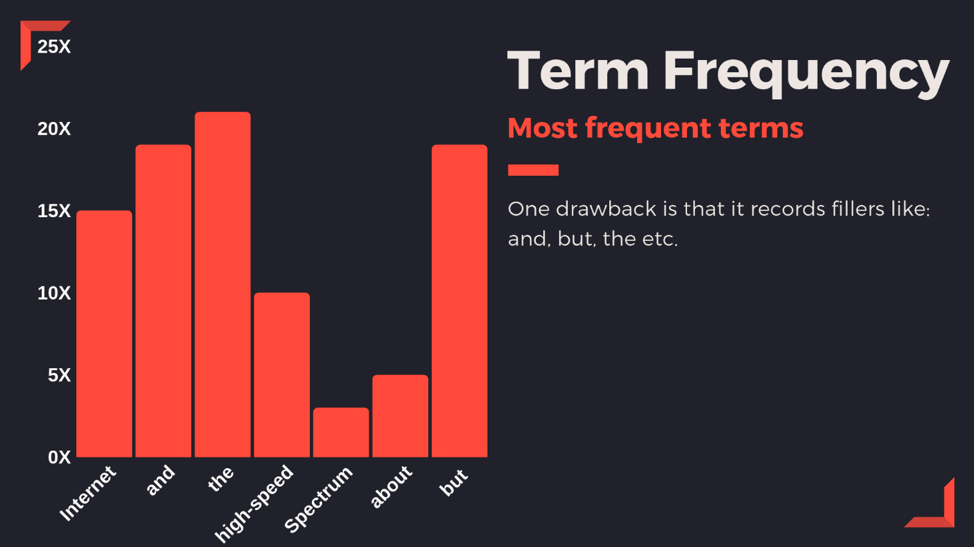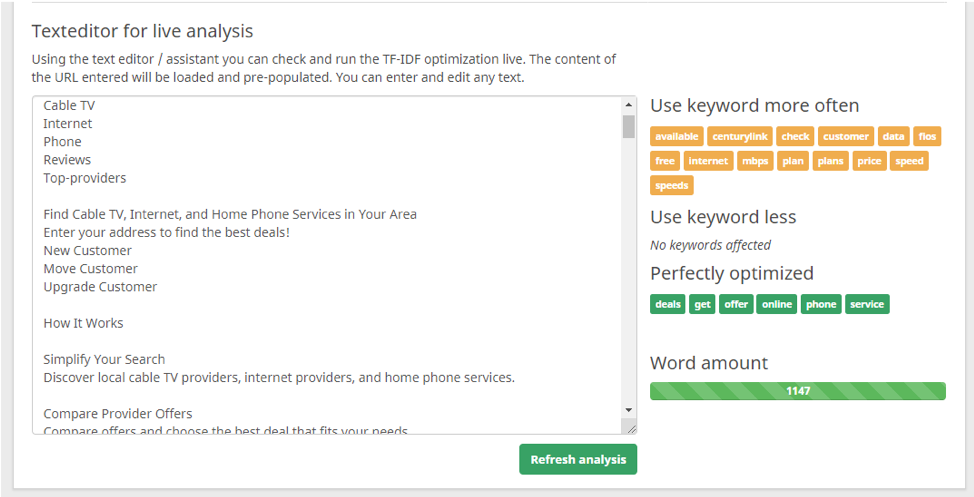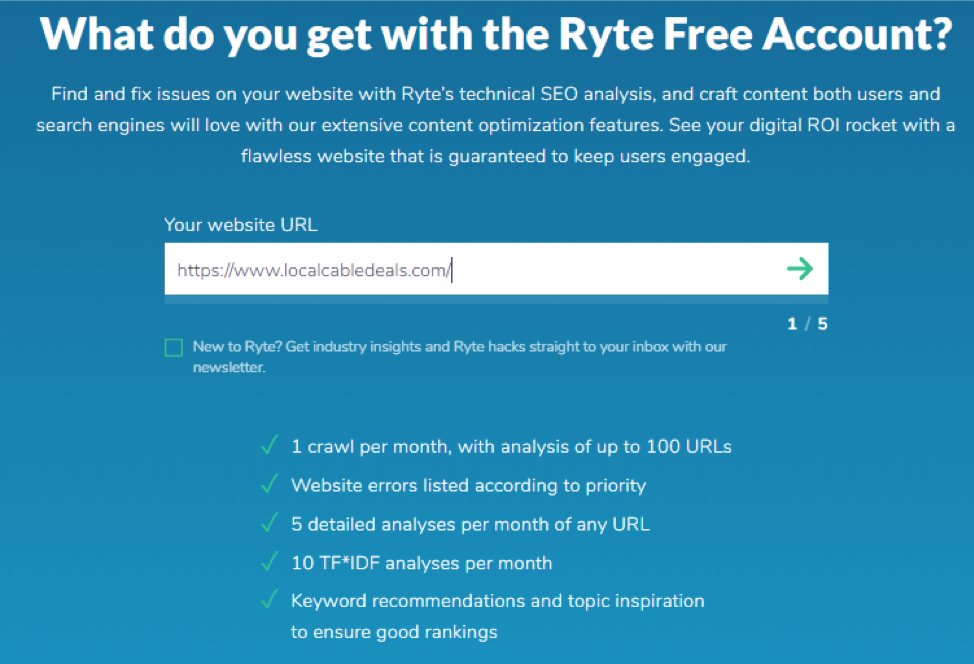Contents
TF-IDF isolates the most important terms used in a given content piece. The benefits of TF-IDF, if utilized properly, are too unbelievable. Surprisingly enough, the idea was first proposed by a computer scientist, Hans Peter Luhn, back in 1957. Yes, we had computers back then. Half a century later, we are still struggling to utilize this treasure effectively. However, by the end of this post, you’ll learn enough about this tool to start working with it and get satisfactory results.
What is TF-IDF?
TF-IDF stands for Term Frequency-Inverse Document Frequency. As much as it sounds like mathematics, the foundation is quite statistical. Don’t worry, you wouldn’t have to do this tedious job! TF-IDF is a text mining and information retrieval method. It measures the importance of a word in a document. Term frequency extracts the most repetitive terms in a document (or website, for that matter) whereas Inverse Document Frequency screens out unimportant terms from that list. Hence, a combination of these two gives only the list of terms that are of extreme importance to the said document or piece of content.
Confused? See it through an example:
Consider a piece of content of approximately 100 words. If it used the word ‘internet’ approx. 5 times in the entire document, the term frequency would be 5/100 which is 0.05. Similarly, if we have 1 million documents and the word ‘internet’ comes as frequently as 100 times then the IDF of that set of data will be log(1,000,000/100) which is 4. Hence, a product of these quantities calculates the TF-IDF weight, which is 0.05*4= 0.20.
Now a very important question:
How is this going to help in content optimization?
I understand the above description was a little too technical. The question still stands, how are these statistics going to help us rank our content higher on Google? Let’s look at it from the Search Engine’s perspective as SE’s are going to use this algorithm the most!
Let’s say you have 10,000 pages worth of content and you want to narrow that down to those pages that talk about a certain topic. You create or use existing software that scans the entire content and enlists words that are used quite often. That’s Term Frequency (TF).

Unfortunately, this fetches less important terms as well. The ones that might pollute the entire relevancy analysis. What now? This is where the Inverse Document Frequency-IDF comes in.
IDF, on the contrary, scans the entire piece of document and values a word based on its uniqueness, hence removing any repetitive yet unimportant terms.
 Terms with higher IDF score are low on relevance. Search Engines extract relevancy by combining these two methodologies/algorithms. This determines which results should top on SERPs. TF-IDF effectively provides a list of semantically-related/contextual keywords (in a way that by looking at the words only, one can conveniently guess the topic). This is the set of words a Search Engine looks for, in relation to the topic.
Terms with higher IDF score are low on relevance. Search Engines extract relevancy by combining these two methodologies/algorithms. This determines which results should top on SERPs. TF-IDF effectively provides a list of semantically-related/contextual keywords (in a way that by looking at the words only, one can conveniently guess the topic). This is the set of words a Search Engine looks for, in relation to the topic.
In other words, exclusion of these words would mean a clear lack of relevance for the algorithms and hence reduce your chances of ranking high on SERPs.
What about Traditional Keyword Research? We say it isn’t as effective as TF-IDF is. For example: when we search “Travel,” Expedia with higher domain authority ranks lower on SERPs than the relatively new website Kayak, with lower authority. What is the reason? Expedia has lesser contextual keywords in its content when compared to Kayak.
How to implement TF-IDF?
Now that we have a fair idea of the concept, let’s have a look at the free tools available to implement this algorithm.
TF-IDF tool by Seobility
This one is great in the sense that you get up to 3 TF-IDF checks per day without any sign-up or payment. However, with a free sign-up, you get 5 checks and 50 per day with the premium plan.
One of the coolest features is the live content analysis. For example, if I run the tool for Local Cable Deals’ website which provides tv, phone, and internet deals in your area, URL: https://www.localcabledeals.com/Spectrum/Packages, Seobility will provide a simple to comprehend analysis of the content.


Content Success tool by Ryte:
With Ryte’s TF-IDF tool, you can have up to 10 analyses and 1 crawl per month. One of my favorite features is, you get keyword recommendations and topic inspiration. Like Soebility, this tool comes with a text editor as well, thus making content optimization easier for you.
Link Assistant

The coolest thing about this tool, besides its ability SEO-audit an entire website is that it’s downloadable. Just enter your name and a valid e-mail address and you will see a world of unlimited TF-IDF analyses. On top of that, enjoy features like link prospecting, link building reports and easy outreach from the app itself.
Final Verdict:
However glorified this method is, TF-IDF is definitely not the basket you should put all your eggs in. This method is great for our understanding of the most weighted terms in a document to help you understand which keywords you need to use more often and which ones are perfectly optimized.
Similarly, avoid using these analyses based on what is superficial. In short, do not force words in your content if they don’t make sense.

